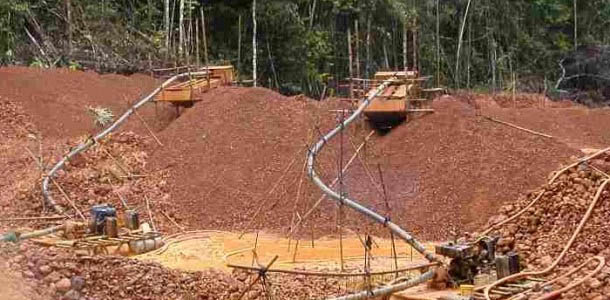A policy of progressive integration of indigenous people into the national life of Guyana over the past fifty year has brought many positive benefits in terms of health standards, the highest birth rate of any ethnic group in Guyana, and improved educational standards. These benefits are reflected in the emergence of an increasing number of professional qualified middle-class Amerindians with properties on the coastal belt; by a growing number of Amerindians in the Guyana Police Force and the Guyana Defense Force, and by a revitalizing of indigenous culture all reflected is a growing influence of Amerindians in the social, political and cultural life of the nation. The political significance of the indigenous community is reflected in the assiduous wooing of the Amerindian vote at election time.
The benefits of indigenous activism over the past three decades include: 1) a marked increase in positive consciousnesses of Amerindian identify and heritage; ii) more effective advocacy on land rights; and iii) a greater sense of solidarity among the different tribal groupings. While this positive picture is encouraging in the short-term, the survival of indigenous identity and communities in their traditional forms is unlikely without a vigorous and focused determination to protect the indigenous way of life driven from within the communities themselves.

